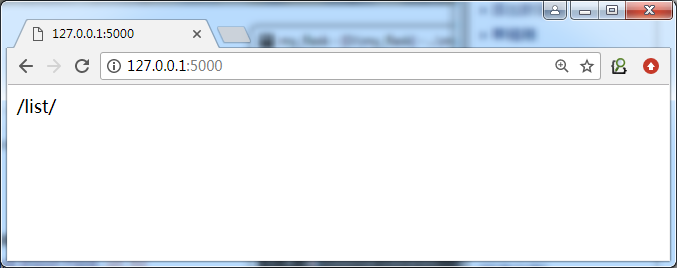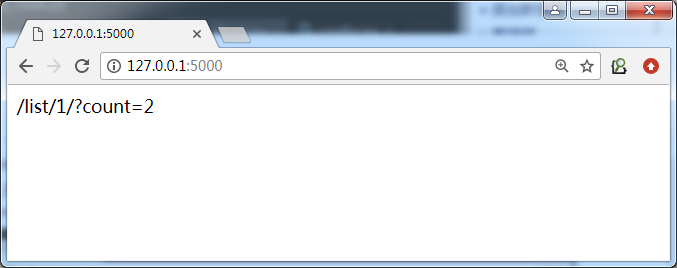我们之前是通过url来找到对应的视图函数
/ => hello_world
那么url_for则是通过视图函数找到url
hello world => /
演示如下
... from flask import url_for @app.route('/') def hello_world(): return url_for('my_list') @app.route('/list/') def my_list(): return 'list page'

如果url带有参数的话,我们应该如下使用url_for
... from flask import url_for @app.route('/') def hello_world(): return url_for('my_list', page_id=1) @app.route('/list/<page_id>/') def my_list(page_id): return 'list page'

如果url只配置了一个参数,而url_for设置了多个
... from flask import url_for @app.route('/') def hello_world(): return url_for('my_list', page_id=1, count=2) @app.route('/list/<page_id>/') def my_list(page_id): return 'list page'

为什么要使用url_for呢?
当我们视图函数确定了,以后我们的url不管怎么变,只要通过url_for都能够正确地得到url,因为改变url的频率一般大于视图函数。
url_for会自动处理特殊的字符